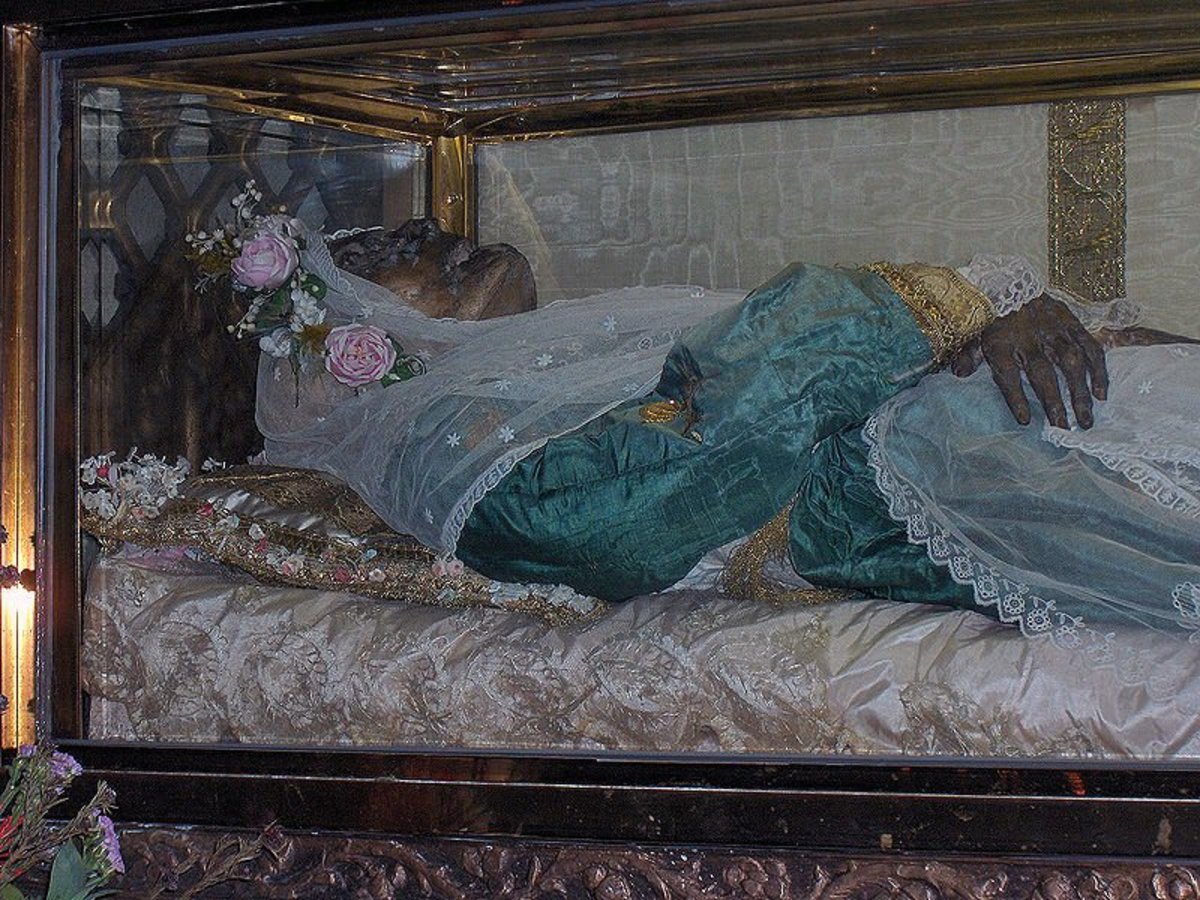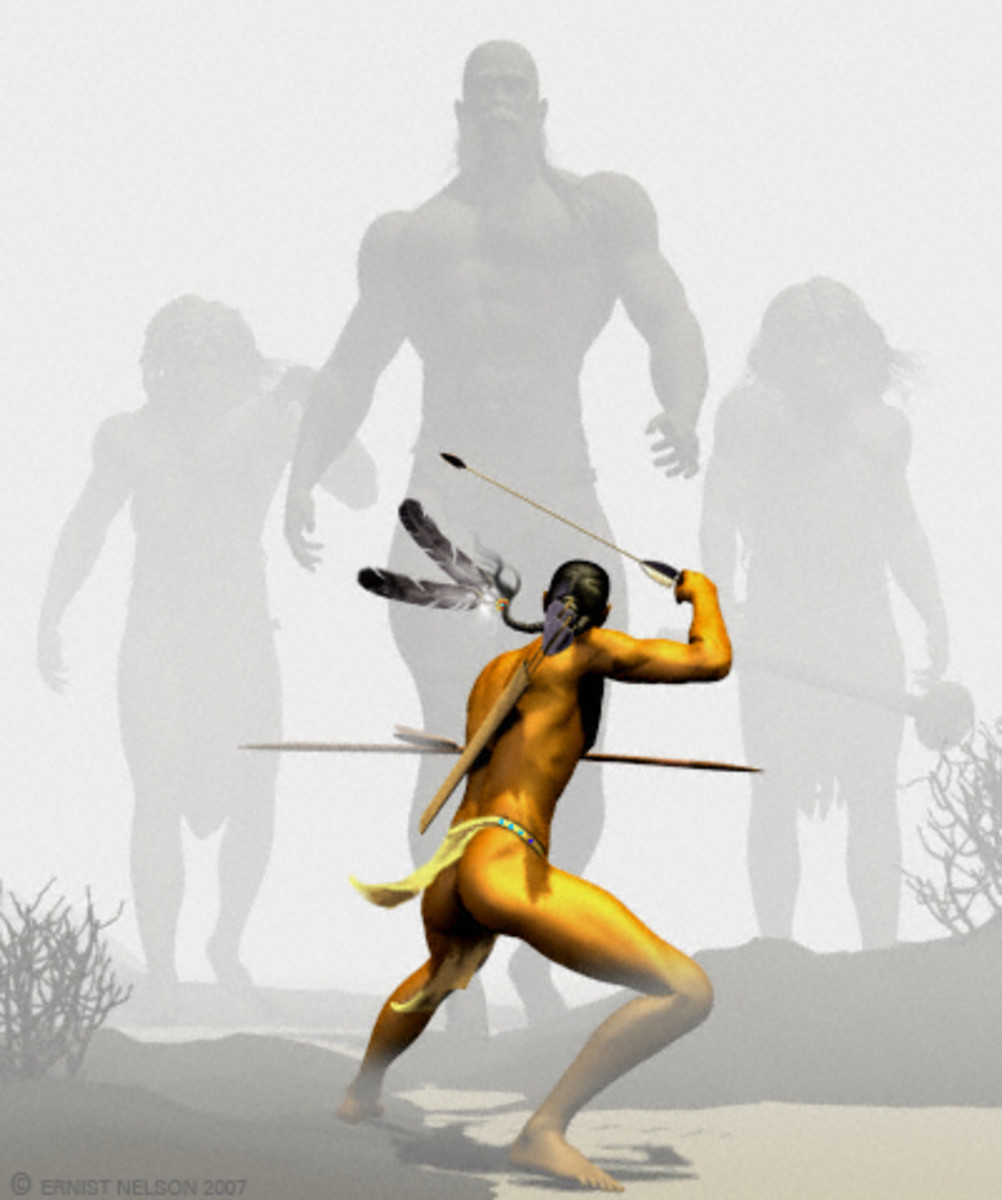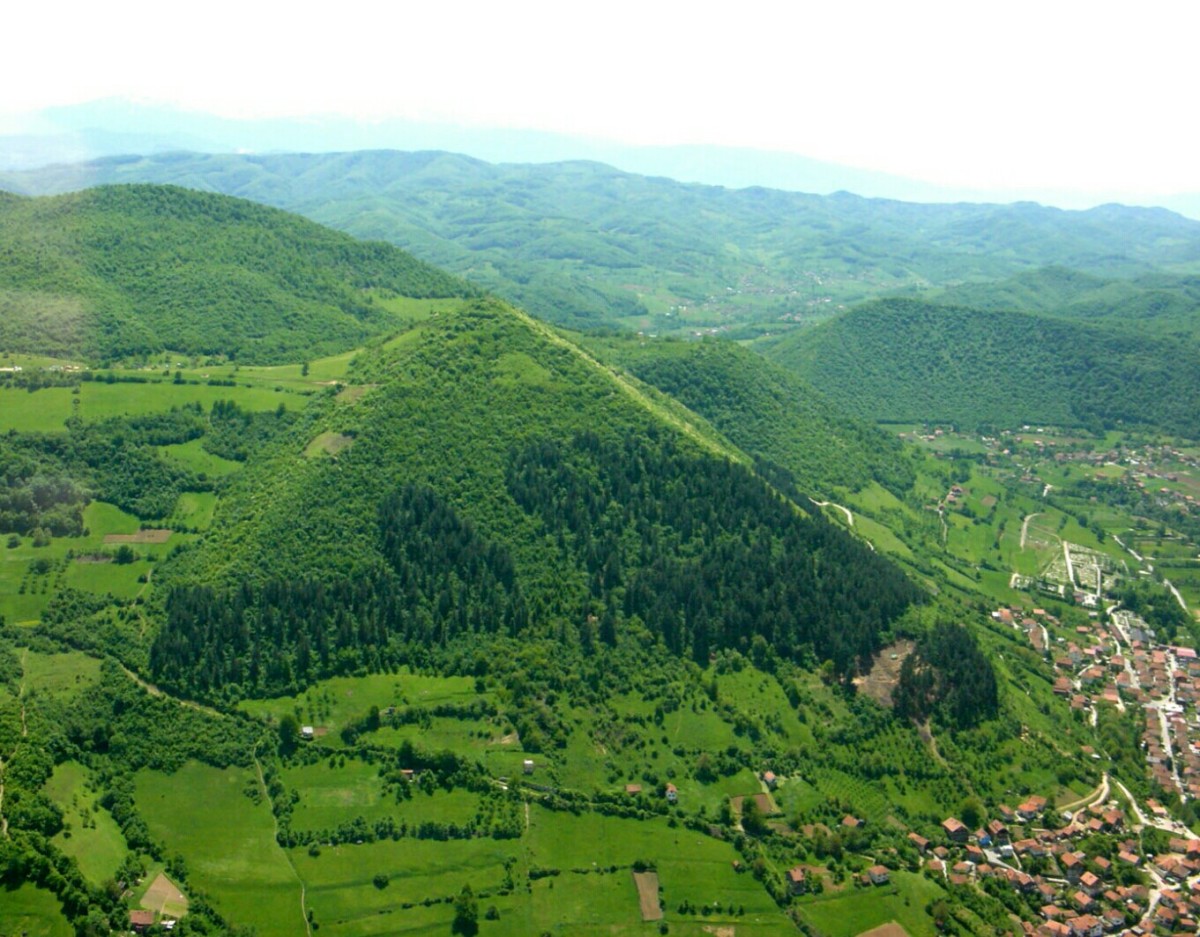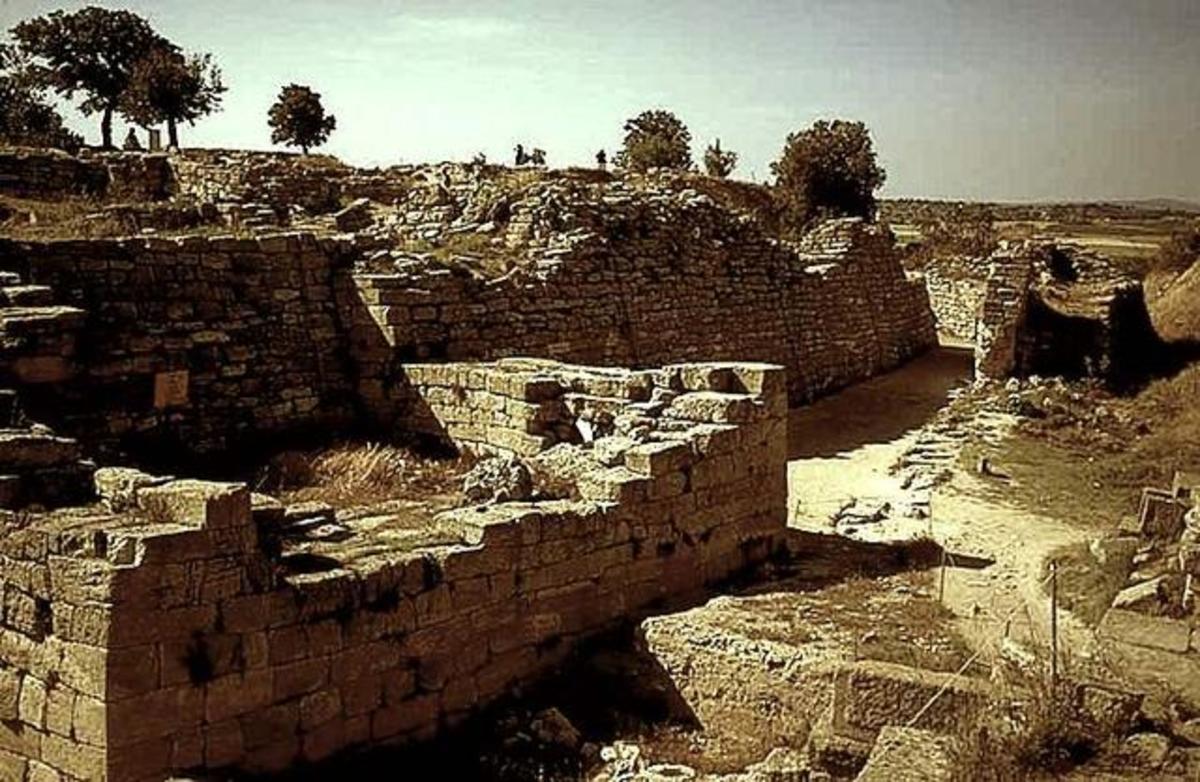Bog Bodies|Ancient Mummies from the Past
How much do you know about bog bodies?
view quiz statisticsPeat Bogs & Global Warming
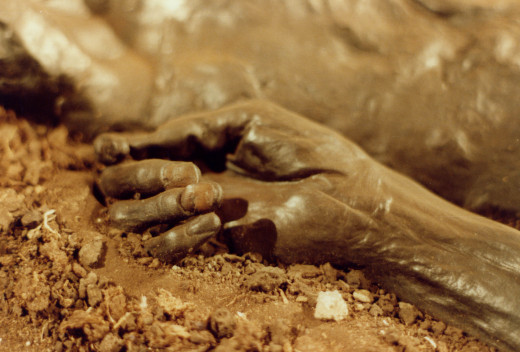
What Is A Bog Body?
A bog body, also known as a bog person, is a deceased human that was naturally turned into a mummy by being buried inside of a peat bog. Most bog bodies are found in the UK, Ireland, Germany, the Netherlands, and Denmark. Some have also been found in Florida (U.S). The remains of one of the oldest bog bodies are roughly 10,000 years old.
Many bog bodies are found during the harvesting of peat. Peat has been harvested for thousands of years as a source of heat, insulation, fuel, and electricity. It is also used in agriculture. Many bogs have been drained and dug out for peat harvesting. During harvesting, blocks of peat are cut and left to dry. The blocks of peat are then burned to create an energy source.
It can take hundreds of years to recover a bog that has been destroyed due to peat harvesting. In addition, peat bogs store large amount of carbon. This process is called carbon sequestration. If a peat bog is destroyed or burns (and it can burn underground for months), large amounts of carbon are released into the atmosphere.
Some bog bodies are exceptionally well preserved, so much so that fingerprints, hairstyles, fingernails, and even facial wrinkles and beard stubble can be observed. Remarkably, some bog bodies over a thousand years old can still retain these personal features.
Other features that many bog bodies display are that of a violent death. Head trauma, stab wounds, decapitated heads and other missing body parts are a common occurrence. It is widely believed that most bog bodies did not die of natural causes. Since some have been found with arrows in them, slits across their throats, and nooses tied around their necks, murder is the first thing that comes to mind. Most of the bodies are dated to be from the Iron Age, a time when there is evidence of sacrificial death offerings to please a god. Other items, such as ornaments, weapons, musical instruments, wagons, bronze, and pottery containing food have also been found in bogs. These items may have been sacrificial as well. Another belief is that cowards, criminals, and other disreputable people were executed by being pressed down into a bog. Since cremation was the customary form of burial during this time, bog burial may have been due to some sort of 'special' event like this.
It is hard to determine what really happened to these ancient people and why their final resting place was in a bog. While harvesting peat, turf diggers that uncover bog bodies have been responsible for some of the trauma these bodies display. The acidity of the bog and the pressure of layer upon layer of peat pressing down on them are also capable of distorting a bog body. It may be that some bodies that appear to have been murdered were laid to rest in the bog after dying of natural causes. The story behind these remains continues to be a mystery.
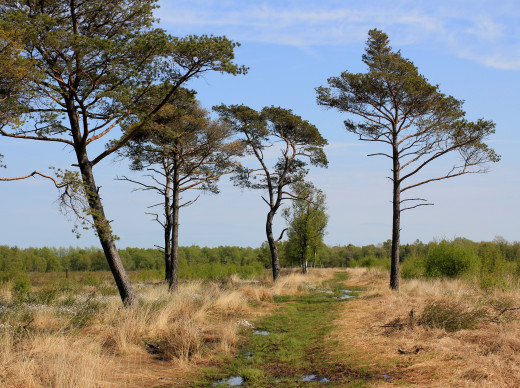
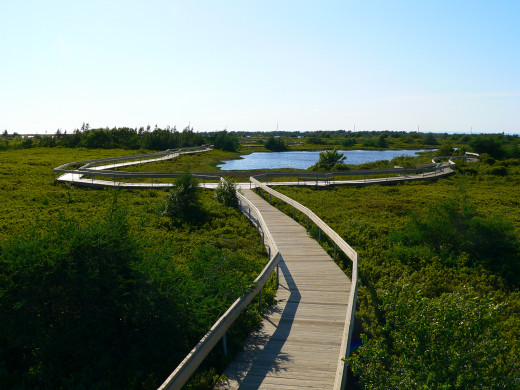
Harvested peat stacked up in bales.
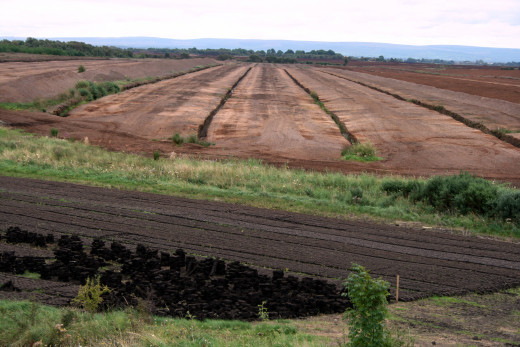
Features of A Bog That Help Create a Bog Body
The most well preserved bog bodies can still have their skin, hair, nails, brain, kidney, liver, and skeleton intact. Even wool and leather clothing may be preserved. Once a bog body has been preserved, it can remain this way for centuries.
Bogs that have these conditions have the best preserved bog bodies:
- Located in a colder climate near a body of salt water;
-
Still, acidic water, which creates an oxygen-poor environment. An oxygen-poor environment slows down the rate of decomposition;
-
Low soil oxygen, which also slows down the rate of decomposition;
-
Sphagnum moss growing on the bog's surface, which is capable of creating large accumulations of peat (dead Spahgnum moss). Sphagnum and sphagnum-formed peat contain phenolic compounds (antioxidant properties that are used in the prevention and treatment of cancer). These phenolic compounds cause anything in the bog to decay very slowly;
- Peat moss, which has antimicrobial properties. It absorbs calcium and magnesium, and takes in more nutrients than it needs, which makes a bog nutrient poor. This creates the acidic bog environment that makes it difficult for decomposers to live in. Rotting peat also creates brown humic acid (aka bog acid or tannin), which is a chemical used to tan the hides of animals (or people, in this case). Humic acid also works like a "pickling" agent.
However, few bogs have the proper conditions needed to create a well preserved bog body. If there is too much acid in the bog, the bones and organs will dissolve, leaving only skin. When peat moss extracts calcium from the body, the resulting softened bones may become distorted by the weight of all the peat layers pressing against it. It takes a perfect balance of these conditions for nature to create a well preserved human artifact.
Tollund Man
Two thousand year old Tollund Man is one of the best preserved bog bodies. Found in Denmark in a bog called Tollund Fen, his skin is dark brown due to the tannin that preserved it. Tollund Man was found naked except for a skin hat and a hide belt. He also had a noose around his neck that indicates he was hanged. However, he appears to have been handled with care. Since he was found in a sleeping position, with his eyes and mouth closed post death, there is some indication he may have been a human sacrifice.
Well Preserved Tollund Man
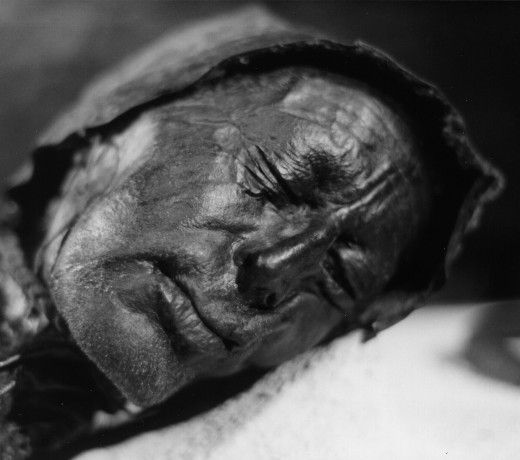
Grauballe Man
Grauballe Man is an Iron Age man that was found at Nebelgard Fen in Denmark during peat harvesting. He has a deep cut all the way across his throat and a fractured skull, the latter thought to be caused post death by the pressure of the bog. Grauballe Man is also thought to be the product of ritual sacrifice.
Head of Grauballe Man
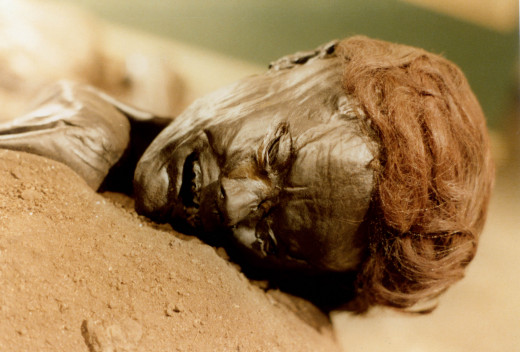
Foot of Grauballe Man
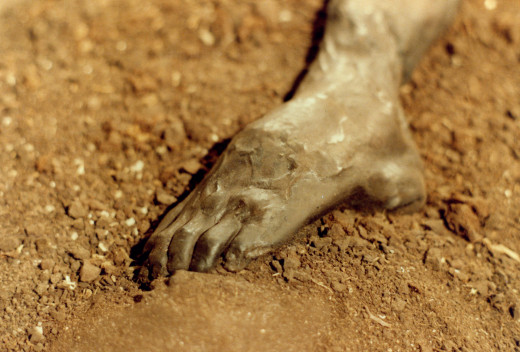
Photos of the Best Preserved Bog People
- Photos of the Best Preserved Bog People
Photos of the Best Preserved Bog People
Peat Cutting Back in the Day
Further Information About Discovered Bog People
- NOVA | The Perfect Corpse | Bog Bodies of the Iron Age (non-Flash) | PBS
(Printable) View an interactive map of more than 120 archeologically important peat-bog sites in northwest Europe.
Further Information About Bogs
-
The word 'bog' is an Irish derivative of the word 'bogach', which means marsh, bog, or wetland.
-
A bog is unique in that it contains Spagnum moss. This moss can hold a good deal of water. If you have ever planted seeds using peat pots that need water to expand, you have a great example of how Spagnum (and peat) acts like a sponge to suck up and hold water.
- Bogs create an environment for interesting plant life, such as orchids and carnivorous plants.
-
It can take thousands of years for a bog to form.
-
Some bogs have blankets of heather growing on top of them. They are called "heaths".
- Without peat, bogs would not exist.
-
If a bog is destroyed, it takes hundreds of years to recover it.
- The thick layer of peat that can accumulate in bogs contains seeds, pollen, and remains of ancient plants and insects.
-
The dead portion, or underneath side, of peat moss can eventually create different forms of coal.
-
Peat can accumulate to become very thick. It takes about 8-10 feet of peat to produce a foot of coal.
American Bog Bodies
- NOVA | America's Bog People
In a peat pond down the road from Florida's Disney World, archeologists unearth an 8,000-year-old cemetery.
Although much is unknown about why bog bodies were placed in bogs, these ancient human artifacts have let us see a little of what life was like thousands of years ago. With modern technology, we are able to x-ray bones, see what kinds of parasites or diseases these people may have had, and if well preserved, even get a glimpse of what their last meals were.
More information on bog bodies can be found in The Bog People by Danish archaeologist Peter Vilhelm Glob, who was involved in excavations of many bog bodies, including Tollund Man and Grauballe Man.

